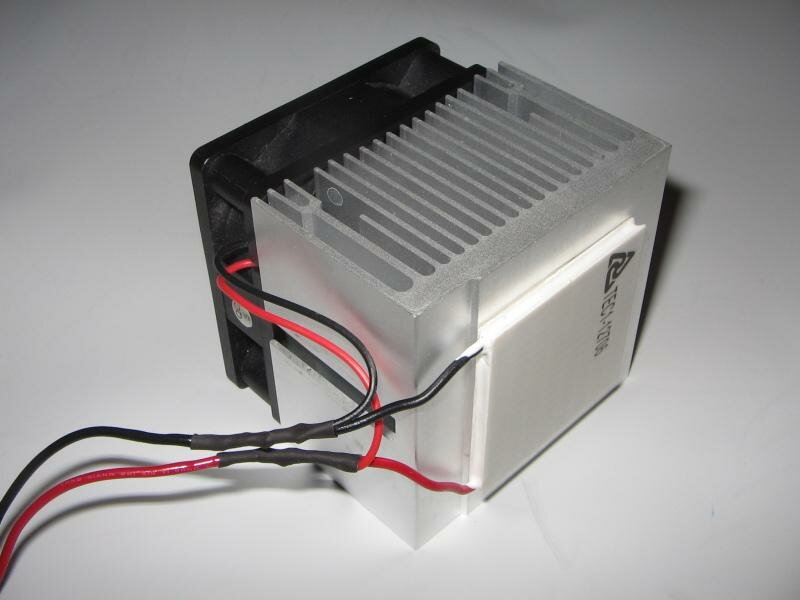I have to cool a photodiode by a thermoelectric peltier module.
The circuit containing the diode look like this.

and the thermoelectric cooler with heatsink look like this.

The cold side of the TEC module is giving -2 degree temp.
The problem is i have to put the Photodiode with circuit board within vacuum.
what is the best way to cool(direct or indirect cooling) the photodiode by the TEC module ?
The circuit containing the diode look like this.

and the thermoelectric cooler with heatsink look like this.
The cold side of the TEC module is giving -2 degree temp.
The problem is i have to put the Photodiode with circuit board within vacuum.
what is the best way to cool(direct or indirect cooling) the photodiode by the TEC module ?


